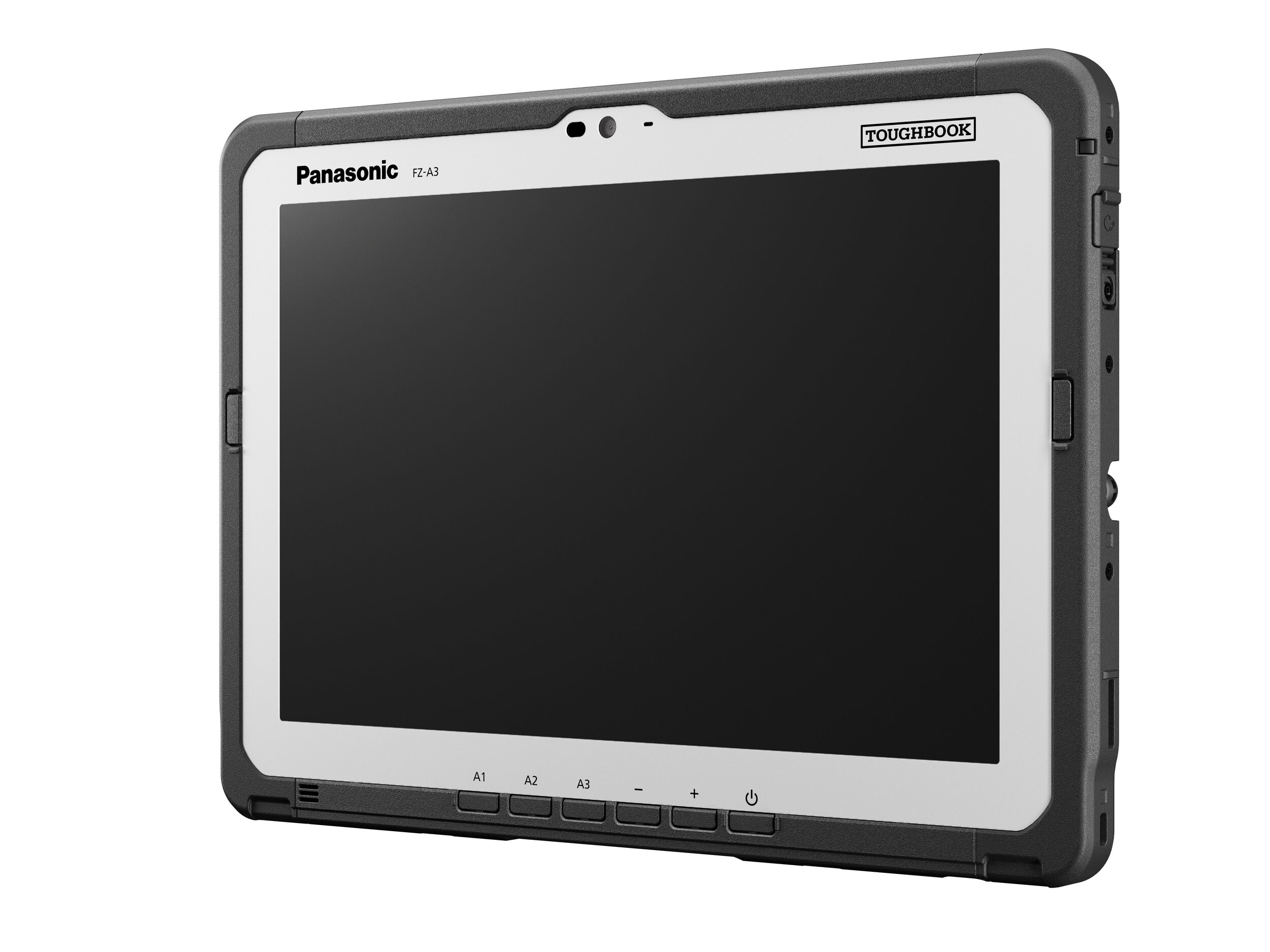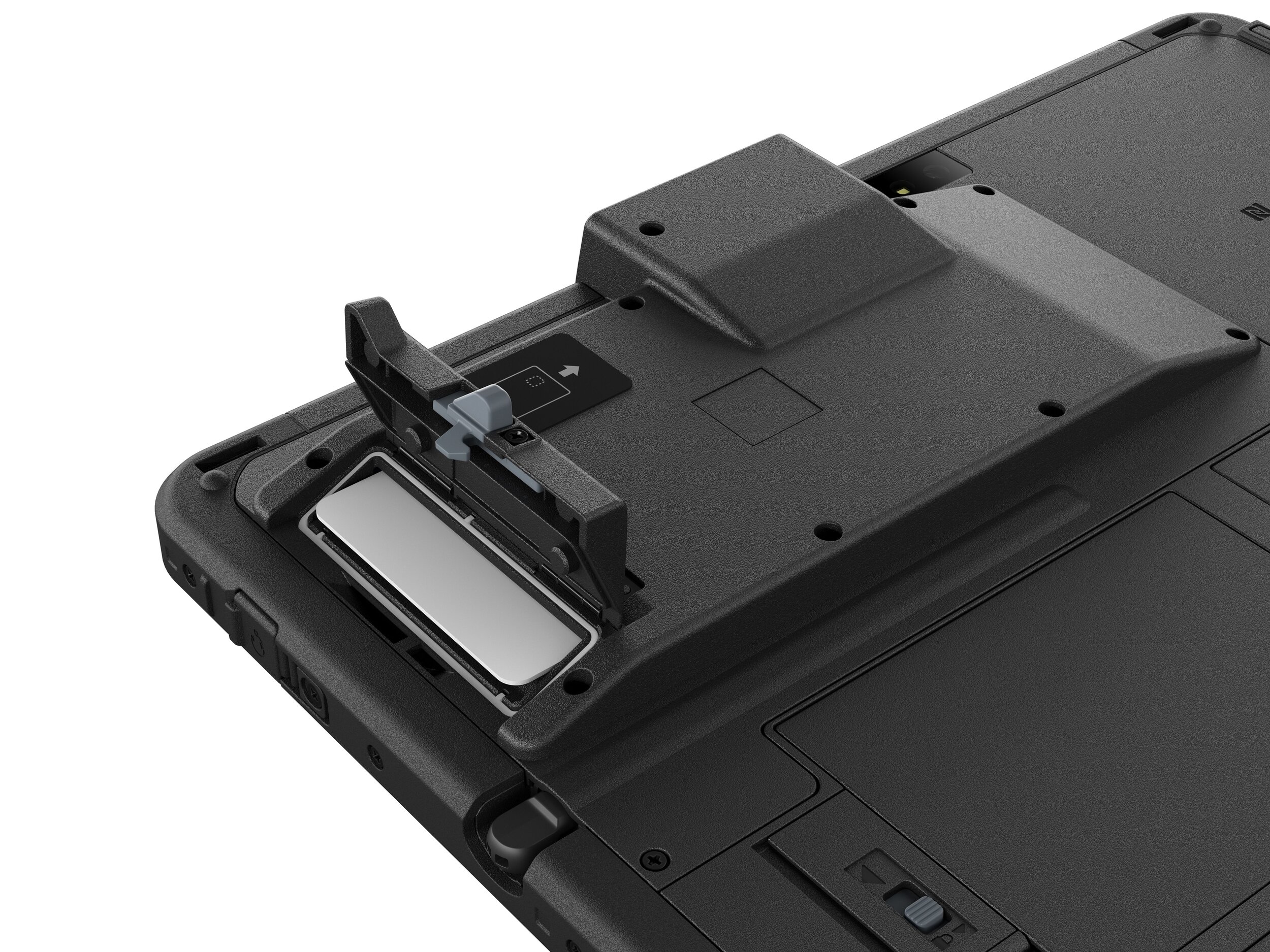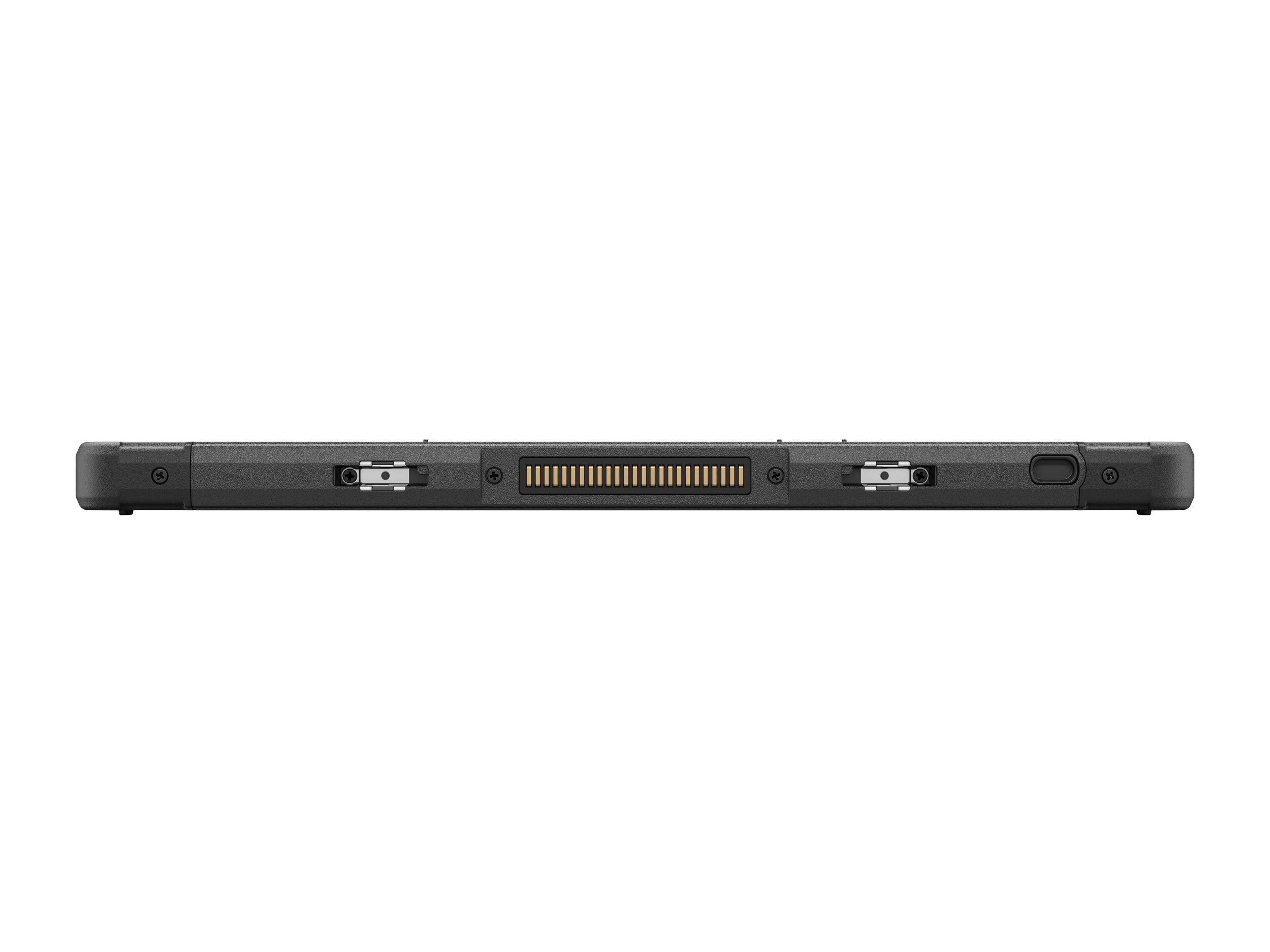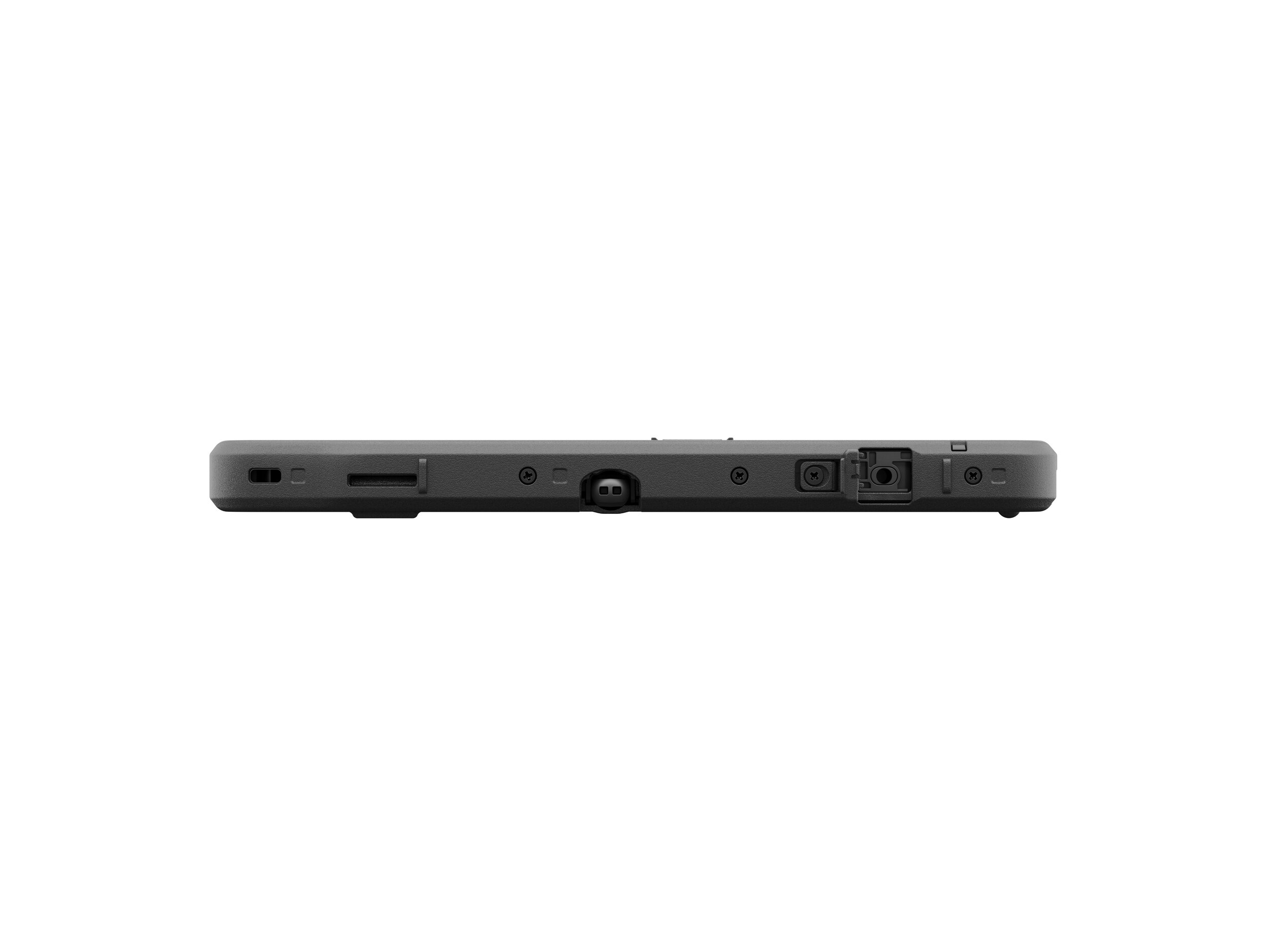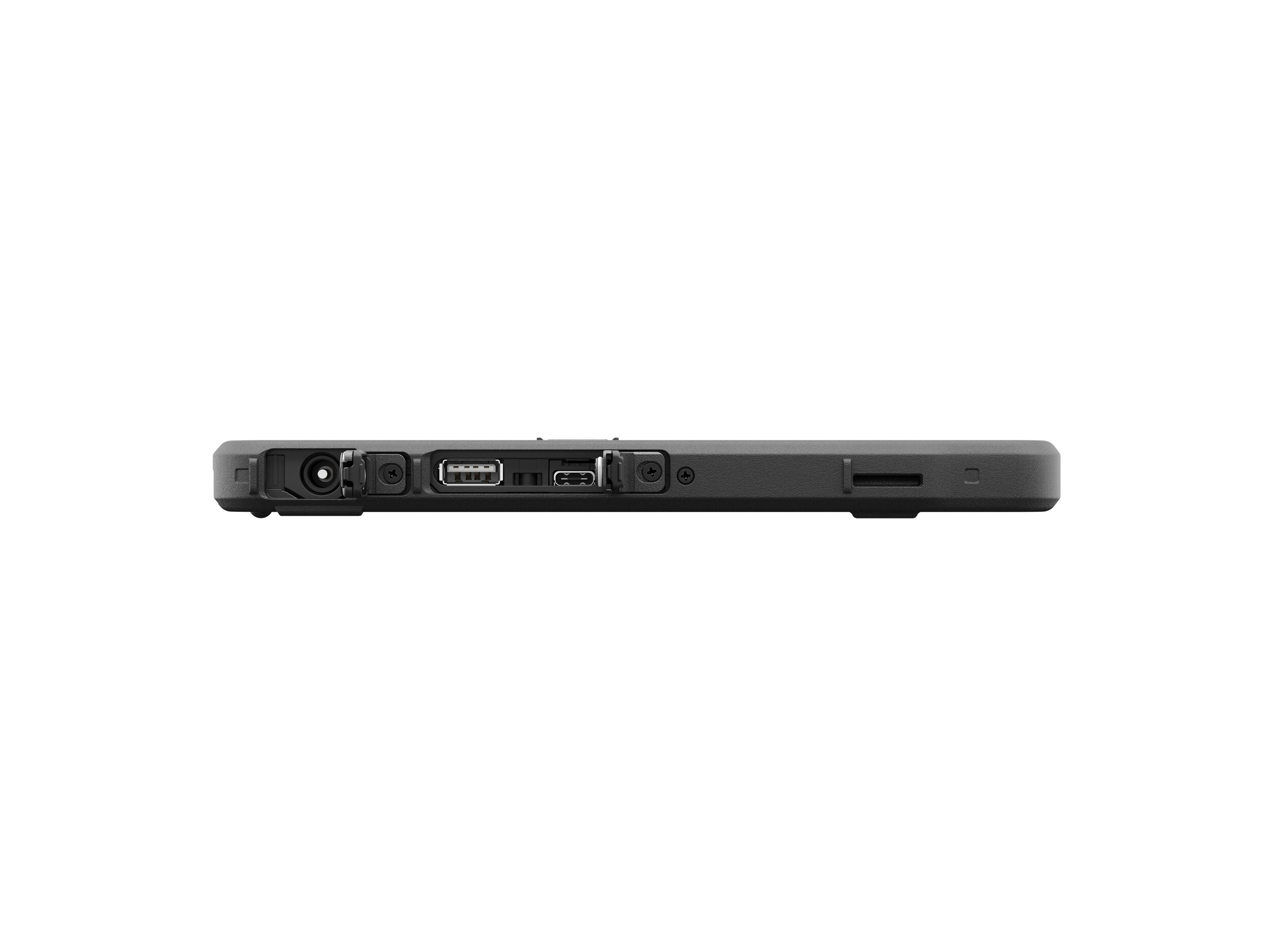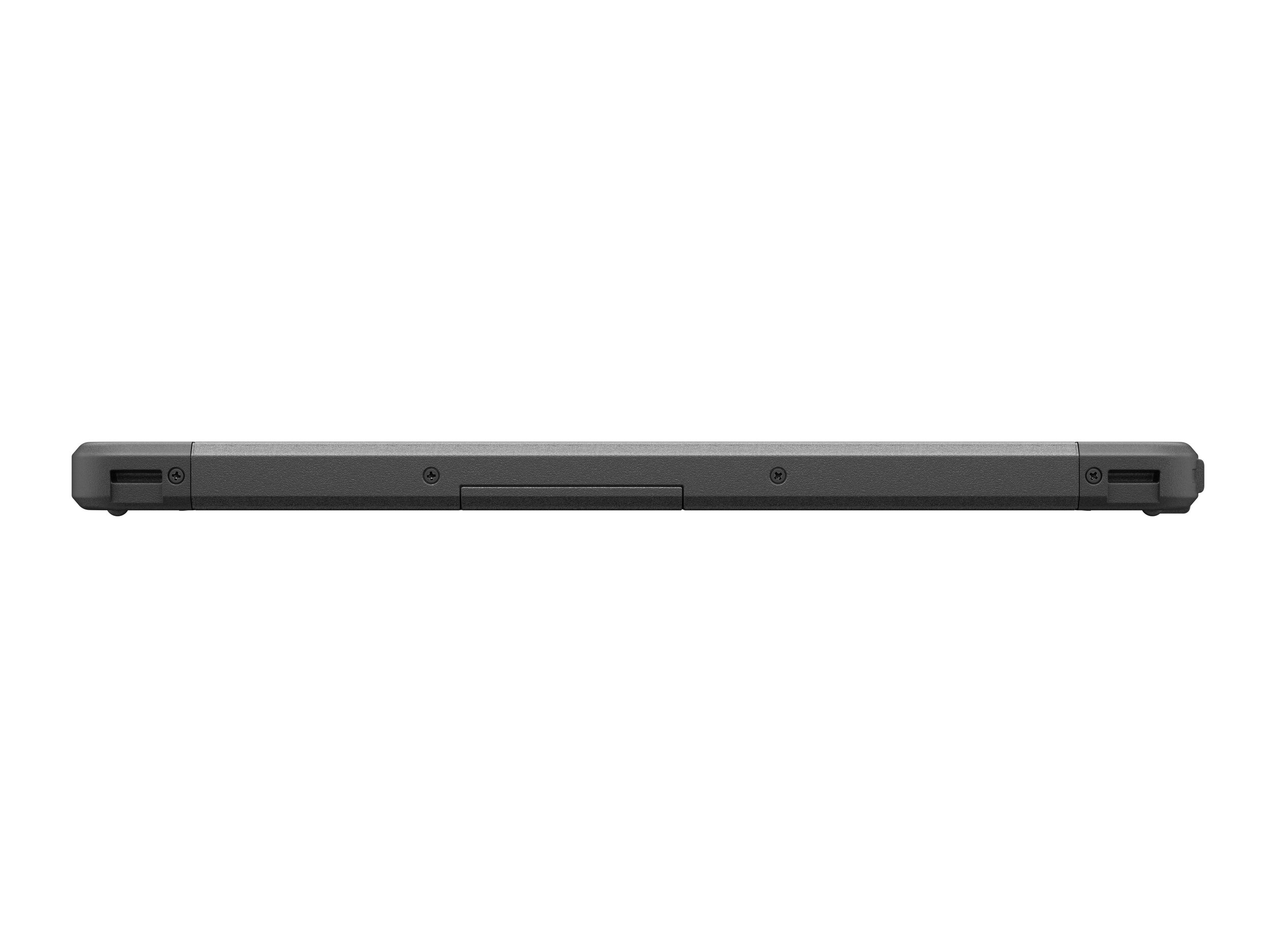Panasonic Expands Android Toughbook Line with 10.1” A3
Summary
Panasonic’s Toughbook line is a staple of the rugged enterprise Windows notebooks and tablet landscape. Panasonic has dabbled with Android versions, but only in 4.7” - 7” form factors. With the 10.1” Toughbook A3, Panasonic is hoping that flexible hardware, a commitment to support, and the Android Enterprise Recommended designation will overcome high price points and help it grow Android’s share of the blue-collar enterprise market.
Analysis
Most enterprise customers using ruggedized devices are standardized on Windows, but Samsung has built a niche in enterprise Android tablets. As businesses retire Windows CE devices, Panasonic is seeing enough demand to warrant long-term investment in Android as well. Samsung started out with 10” Galaxy Tab Active tablets only to move into ruggedized handhelds aimed at frontline workers with the XCover Pro. Panasonic is moving in the other direction; Panasonic’s initial Android Toughbooks were targeted at handheld and scanning use cases. Panasonic hopes to sell the 10.1” Toughbook A3 into warehouse and forklift environments, and, eventually, government and military.
Panasonic Promises Software and Service
Toughbooks are exclusively aimed at enterprise mobility, but Panasonic has traditionally focused mainly on the hardware meeting MIL specs. However, its surveys showed that IT managers’ primary needs are secure software, reliable hardware, and services & support. Therefore, along with the new Toughbook A3, Panasonic is announcing Productivity+, which “features software solutions for mobile device development, deployment and sustainment for customers.” In other words, Panasonic knows that it needs a better software and service story to help Windows CE customers migrate to a new OS, but Panasonic doesn’t have its own MDM service or a comprehensive security management suite like Samsung’s Knox. Still, while Productivity+ may be mostly marketing for now, Panasonic is part of Google’s Android Enterprise Recommended program which does include deployment tools, basic security capabilities, and access to regular software/security patches.
The Toughbook A3 is a 10.1" fully rugged Android 9 tablet. It is launching on Android 9 because Panasonic claims that IT managers prefer older software builds. I agree that there is a need for stability and that non-security upgrades need to be optional and staged, but I’m dubious that this logic extends to launching with an OS that is already nearly a year out of date. The chipset was also chosen for stability; the A3 features Qualcomm’s Snapdragon 660 because it is a "long term chipset" that Qualcomm is committed to selling forever. This is not a high-performance chipset, and it is going to seem outdated in the timeframe that these products are deployed. Still, it should handily do the type of inventory management, charting, and logistics work the A3 will be tasked with.
Toughbook A3 Delivers Differentiated Hardware Design
Where the Toughbook A3 differentiates is in its highly configurable/customizable purpose-built design. There are five different SKUs, including optional integrated bar code scanners, smart card reader for security, and/or a third USB port for mounting scales and things in forklift environments. There are also five fully user-defined physical buttons that can be mapped to launch specific apps or perform actions within custom apps. It is MIL-STD-180 certified with a 5 foot drop rating and IP65 for dust and water resistance. Despite the water resistance, the Toughbook A3 features a pair of user-replaceable hot swappable batteries that just pop out – there is no back cover to fumble with. (This is a major competitive advantage over Samsung’s Galaxy Active Pro.) The 10.1” LCD display gets bright – 800 nits – and has a 2000:1 contrast ratio, which should give the A3 better outdoor visibility than the competition. The touchscreen works with gloves or with a passive stylus. Another unique capability is Panasonics’ rain mode: the touchscreen can also differentiate between touches coming from a finger or a raindrop.
Panasonic is not skimping on connectivity. In addition to the expected GPS, Bluetooth, and WiFi, the Toughbook A3 also has NFC and can be optioned with 4G LTE (including band 14 for FirstNet).
One other thing worth noting: Panasonic has sanitizing protocols for Toughbooks so that they can be wiped down with commercial disinfectants at least 10,000 times without failure. In a shared work environment during a pandemic, the ability to clean the device can make it easy to justify buying a Toughbook over more sensitive consumer-grade devices.
Price/Competitive Landscape
The cost for the purpose-built design is not cheap; the Toughbook A3 starts at $2700 through Panasonic’s ISV and VAR channel partners. That is not unusual pricing for ruggedized Windows devices, but there are alternatives in the mobile world. At this price, the Toughbook A3 will only appeal to customers that truly need all the design features and flexibility that the tablet offers.
While Samsung doesn’t list a drop rating, its Galaxy Tab Active Pro also has MIL-STD-810G certification and is fully immersible in water with an IP68 rating. Both the Toughbook A3 and Galaxy Active Pro have 10.1” displays and Qualcomm 600 series processors, but Samsung only charges $600 for its tablet, and an IP68-rated S Pen is included. The 4G LTE version is just $679. The Galaxy Active Pro is also lighter, thinner, and its battery is larger than the combined standard size batteries in the Toughbook A3 – although the Toughbook A3 can be equipped with dual extended range batteries at additional cost in money and thickness. Samsung is aiming at many of the same warehousing, transportation, and maintenance markets moving away from Windows CE and RTOS devices. However, Samsung’s smaller, cheaper, less ruggedized Android devices like the XCover Pro also hope to break open new markets and replace paper-based processes for front line workers.
There is room in the market for both approaches; however, carriers should look first to Samsung, especially for their retail locations. Small business owners are more likely to be enticed by the less expensive, more familiar Galaxy devices without requiring the handholding and longer sales cycle of Panasonic’s more flexible designs.
To discuss the implications of this report on your business, product, or investment strategies, contact Avi at avi@techsponential.com or +1 (201) 677-8284.
Press Release
https://na.panasonic.com/us/computers-tablets-handhelds/tablets/tablets/toughbook-a3



